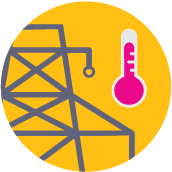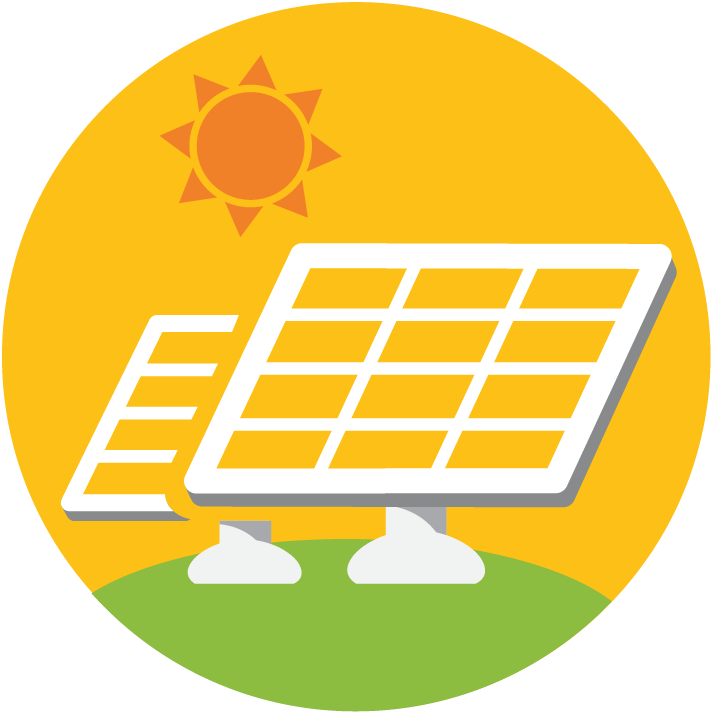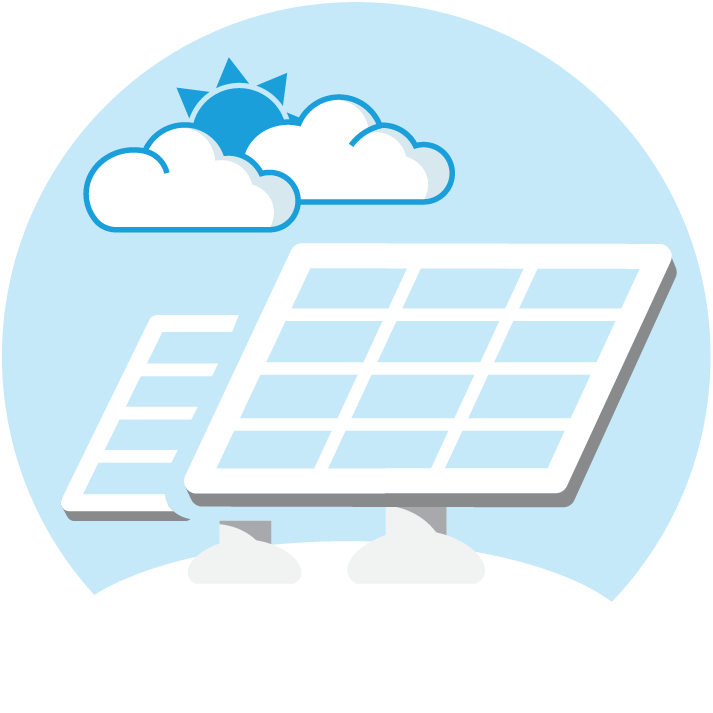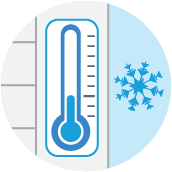How PJM Prepares for Summer and Winter
As the seasons transition throughout the year, the demand for energy fluctuates significantly, challenging the equilibrium of the electricity grid. PJM orchestrates the movement of wholesale electricity in 13 states and the District of Columbia, continually adjusting to the shifting energy needs of millions of consumers. Read on to learn how PJM strategically prepares for and navigates these seasonal demand variations, ensuring a stable, reliable and cost-effective supply of electricity regardless of whether it's the peak of summer heat or the depths of winter cold.
How We Get Ready
At PJM, we proactively prepare for the summer and winter seasons to ensure optimal performance and reliability of the grid. Our preparations begin with the work of the Operations Assessment Task Force (OATF), which conducts comprehensive operating studies. These studies involve key aspects such as load forecasting and capacity reporting. We also actively contribute to and review the North American Electric Reliability Corporation’s (NERC) Summer and Winter Reliability Assessments.
Additionally, every year, we organize operator training seminars. These programs are designed to provide operators, particularly those engaged in power plants, grid operations and other energy-related facilities, with the necessary knowledge and competencies to perform their duties effectively. These seminars aim to bolster the efficiency, safety and regulatory compliance of our energy production and distribution processes. Furthermore, we aim to ensure that our operators are well-prepared to address any emerging challenges or emergencies.
Our readiness strategy also encompasses emergency preparedness drills, regular reviews of our operational manuals and comprehensive evaluations of our preparedness plans in collaboration with stakeholders and state commissions. Moreover, we employ a variety of internal tactics at PJM to align our objectives and strategies effectively for both summer and winter preparedness.
Seasonal Differences
Hover your mouse over the icons to see ways these differences are addressed.
| Summer |
 |
Hot summers drive air conditioning use.
|

|
Usually, summer has the highest peak usage of electricity for the year.
|

|
Prolonged heat waves can lead to increased power load on transmission lines and wear on facilities.
|

|
Wind generation is not as strong as in winter.
|

|
Solar generation is stronger in the summer due to more sunlight hours and weather conditions.
|

|
Typically more demand response resources are available.
|
| Winter |
 |
Cold weather causes high demand for natural gas because of the need for residential heating systems and fueling power plants. |
 |
Delivery of gas from pipelines can sometimes be affected by severe weather conditions. |
 |
Ice and snow can build up on transmission equipment and can cause problems. |
 |
Electricity from wind generation is higher than in other seasons. |
 |
Solar generation is less efficient in the winter due to less daylight hours, lower sun angle and weather conditions, which usually include more cloud cover, snow or ice. |
 |
Cold temperatures can impair the start-up of plants that aren’t already running. |